  ® ®
|
Carburetor Jets 101 |
|
Here is just a little about carburetor jets. Mainly, things to know about them when working with carburetors. I hope you find it useful. |
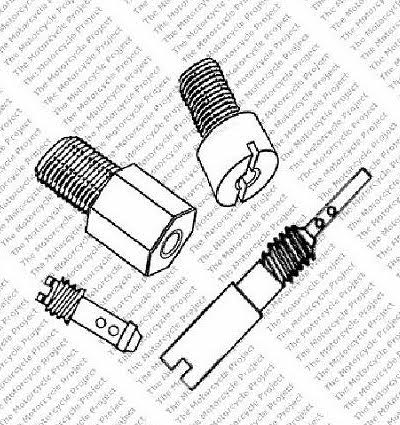
|
Carburetor jets do a really interesting job. Just how interesting is not appreciated by many people. |
|
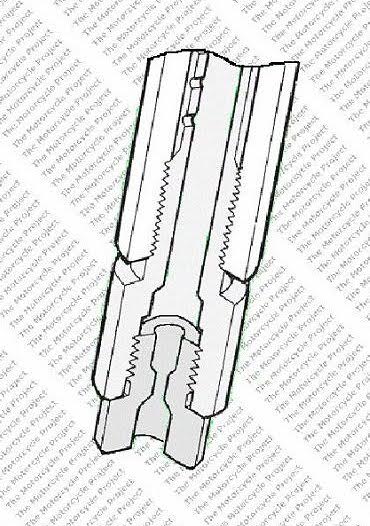
|
The jet's purpose |
|
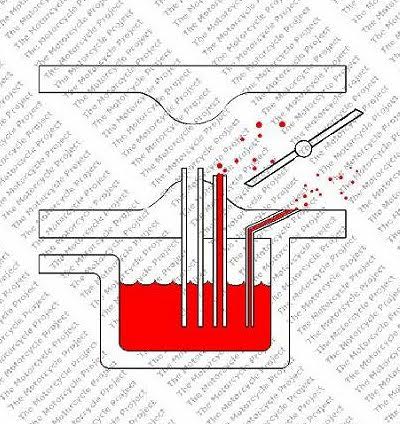
|
Air bleeds |
|
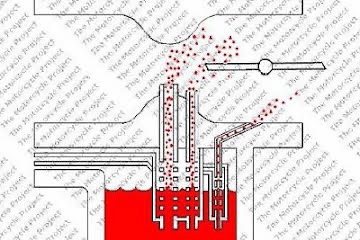
|
So the carburetor's circuits are modified by the manufacturer to have tiny lateral holes. These holes cause the fuel to froth as it rises, so that it is pre-atomized when it enters the engine. Combustion is improved. The more finely the fuel is atomized ("emulsified") the quicker it can be vaporized by the heat of the engine. |
|
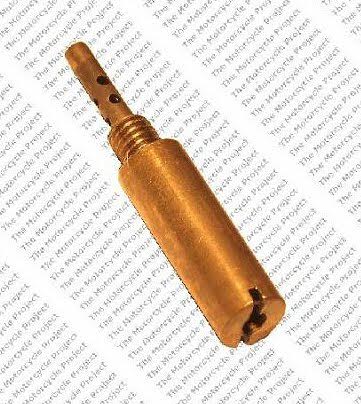
|
Here is a jet with those sideways holes in it. Sometimes the holes appear in a separate piece near the jet. |
|
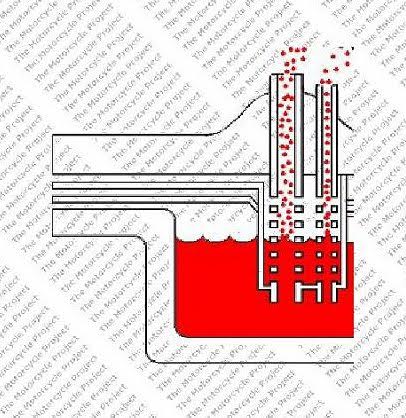
|
To make this frothing idea work, these holes have to be plumbed to the outside of the carburetor, to atmospheric air. Such passages as this are called "air bleeds", just exactly as in the case of some spray paint guns. One thing lost on some mechanics is that these air bleeds are nearly as subject to fuel gel buildup as are the fuel jets themselves. Keihin carbs especially. |
|
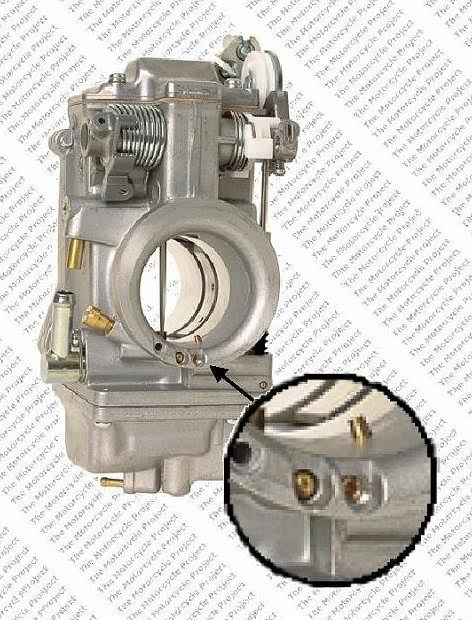
|
Production carburetors generally have non-removable air bleed jets. It is not expected that any high performance tuning will be done to the carburetor. But on carbs actually designed for that purpose, the air bleed jets are usually removable, such as in this Mikuni HSR carburetor. |
|
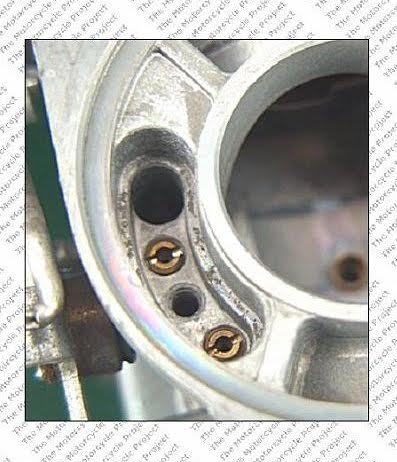
|
An interesting feature of Japanese carburetors is their makers put small air bleed jets in the larger passages and larger ones in the smaller passages. Seems unintuitive, but for sure they have their reasons. Shown is a vintage Honda GL1000 carburetor, which unusually for production carbs has removable air bleed jets (probably due to its automotive origin) and is often subject to having those jets mixed up. |
|
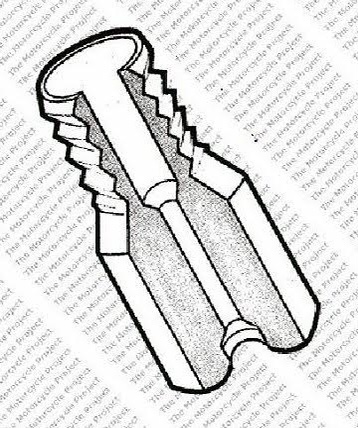
|
The word "jet" |
|
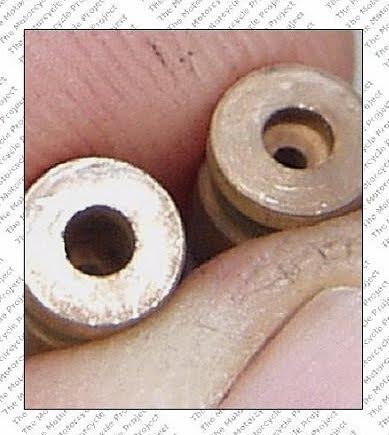
|
This is easily observed in the jets in a Honda GL1000, but also in the smaller single-cam fours--the CB350/400F and the CB500/550 four. It is possible to install these push-in jets upsdide-down, and the theory is that the fuel flow through the jet will then be altered, resulting in a change in air/fuel mixture. |
|
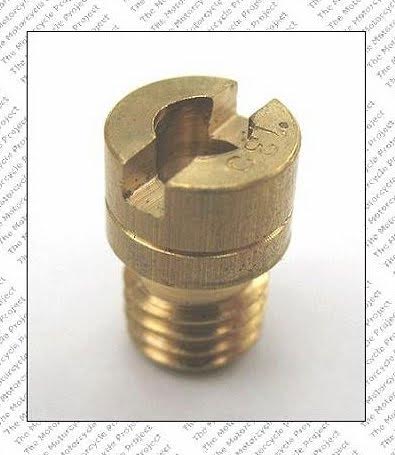
|
It is however only a theory, despite some people getting very adamant about it. Many for example claim that Dynojet jets for Hondas, because they have a slightly different taper, as a consequence meter differently from the OEM jets. I am not convinced of that. I have used quite a few of their jets and they seem to me to meter exactly the same as Keihin jets. |
|
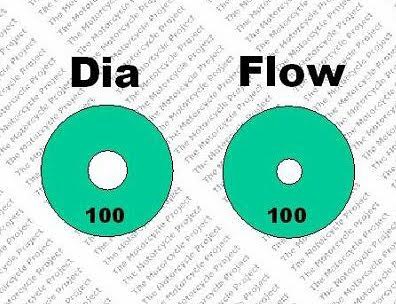
|
Jet sizing systems |
|
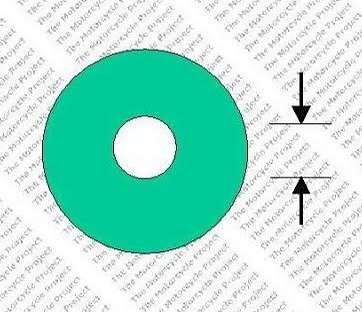
|
The diameter-marked jets are rated as to their diameter in either metric or Imperial values. On Hondas, this is of course metric, so that a "100" jet has a hole exactly 1.00 millimeter in diameter. |
|
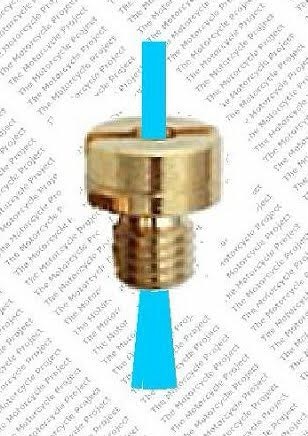
|
The flow-marked jets' numbers on the other hand have seemingly arbitrary markings indicating their flow, though I'm sure it's some kind of milliliter per second thing. |
|
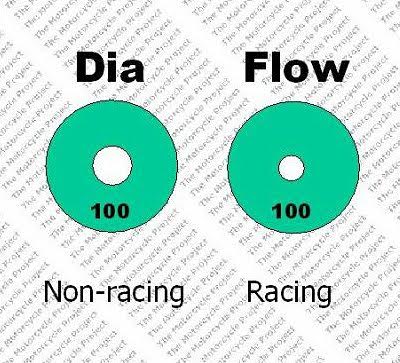
|
Why are there two systems? Because of intended use. Production Hondas that are not expected to be used in competition will usually have diameter type jets. Honda's racing models however have jets marked in the flow system and not the diameter system. The reason is simple. When making jetting changes with diameter type jets, there is a lot of guessing involved because diameter and flow are not proportional. A 10% change in diameter will result in a much more than 10% change in flow. You could use math to convert from diameter to area than back to diameter again with the new jet, but that is tedious. |
|
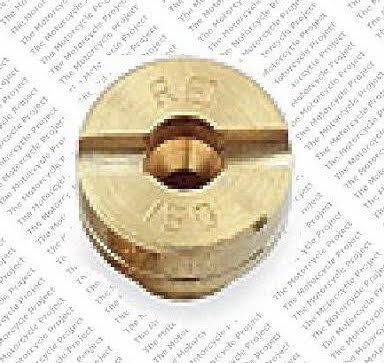
|
To save you that trouble, the flow type jet can be changed numerically and the amount of change in the number very closely matches the change in the flow since it is already rated in flow. Get the picture? |
|
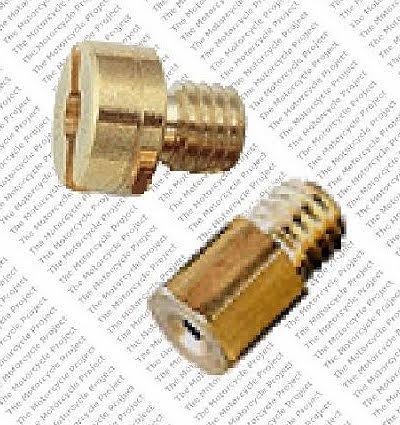
|
Jet shapes |
|
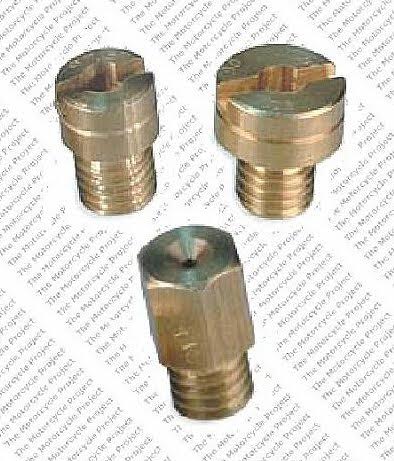
|
Generally, a hex-headed jet in a Honda or other Japanese carburetor indicates a flow-rated jet. And a round head on a jet that looks somewhat overly large (as opposed to smaller round-headed jets) also communicates a flow-marked jet, at least in Mikuni carbuetors. Honda carbs have only one size of rounded head. Note the two different sized round-headed jets in this picture. Yes, they are trying to confuse us. |
|
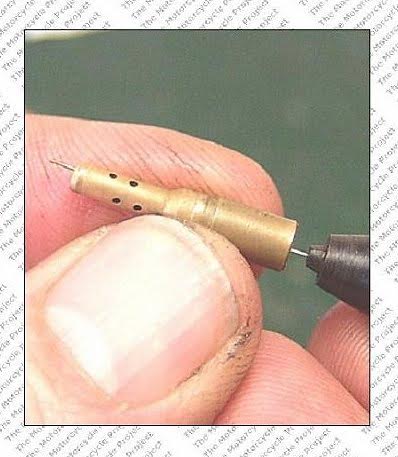
|
Wire cleaning and sizing (detecting actual size) is a legitimate part of rebuilding carburetors. Some say never to use wire, and this is one of those thousands of things the Internet gets wrong. It is valid, necessary, and indispensible. And, if it is wrong, someone forgot to tell Honda, who in the 1980s made available a set of jet sizing wires to their dealers. I ordered it by Honda part number and used it all the years I was in Honda dealerships. These days I use a light gauge high E guitar string as shown here. |
|
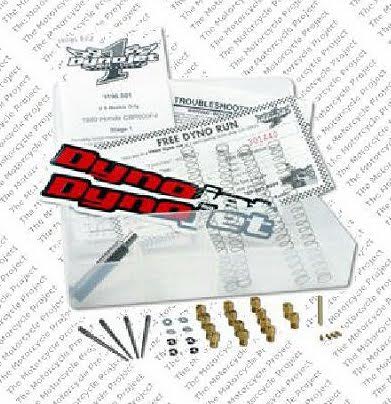
|
Changing jets on street bikes |
|
Email me © 1996-2024 Mike Nixon |